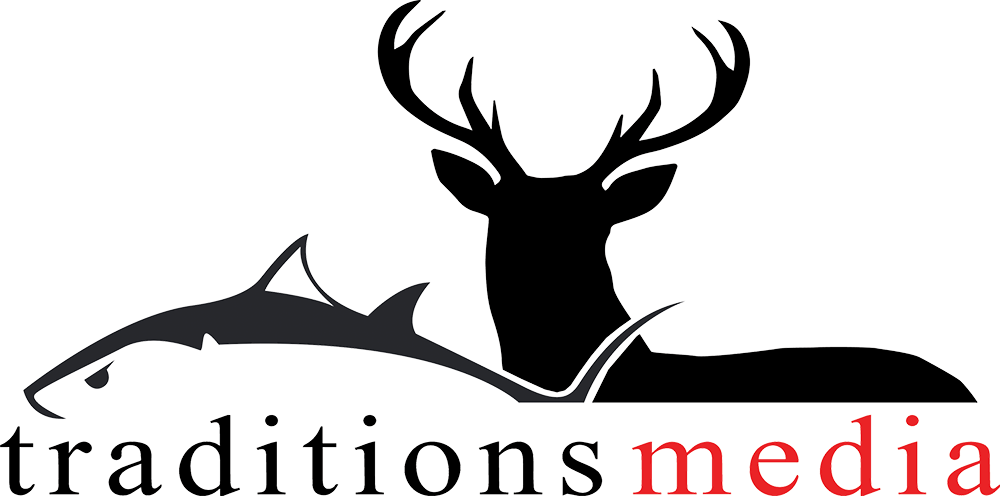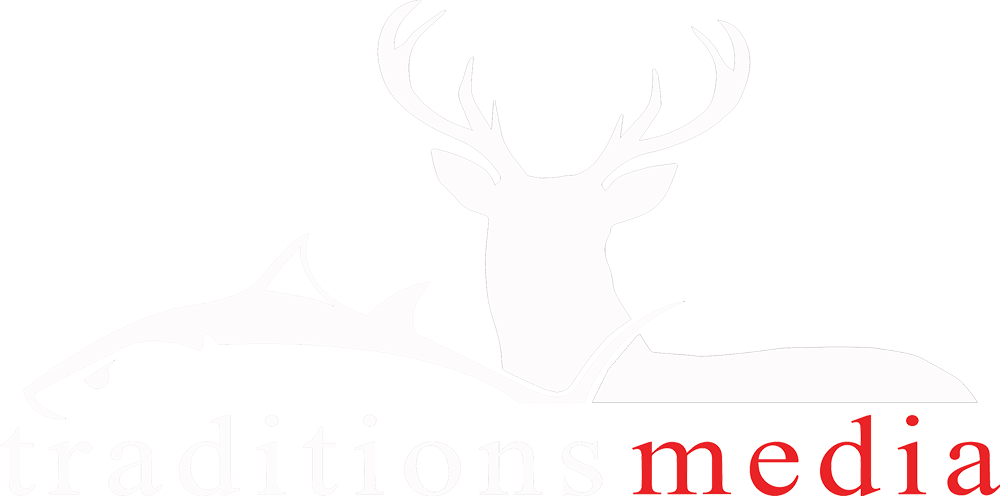RACINE, WI — This past weekend, 89 college teams competed in the 2016 Carhartt Bassmaster College Series National Championship on Green River Lake, Kentucky.
At the end of the three days, Kansas State University anglers Kyle Alsop and Taylor Bivins emerged victorious, weighing-in over 10 pounds each day for a cumulative weight of 36-4. Besides winning $2,500 for their college bass team, the duo was awarded two HELIX 10 SI GPS combo units by Bassmaster College Series Official Sponsor, Humminbird.
The two also advance to compete individually in the Carhartt Bassmaster College Series Classic Bracket tournament on Kentucky Lake this Thursday, Friday and Saturday, August 4-6. The winner of that event will receive a berth in the 2017 GEICO Bassmaster Classic March 24-26, 2017, in Houston, TX.

“We knew it was going to be a tough tournament. We didn’t have a lot of bites, but we had the right ones,” said Kyle Alsop, a Senior Mechanical Engineering major at KSU.
“We used the Side Imaging on our Humminbird 1199ci SI GPS unit to mark brush piles during practice. We started fishing and ‘Boom!’ we got bit. Wasn’t long before we got another bite. Some of the brush piles were smaller, so we had to work 20-30 piles in between bites. Being able to idle down a stretch of bank or point and really pick out the little details with Side Imaging played a huge part in our success.”
Alsop and Bivins set their Side Imaging to look 65 feet right and left, using the Amber palette in the sun and blue when it was overcast.
“Our biggest concern during practice was not having enough sun during the tournament, which we needed to concentrate the fish in and around the piles. When it was overcast, Down Imaging was helpful to pick out the suspended fish above and around brush. They weren’t really tight to the cover most of the time,” said Alsop.
Both agreed that their best spot was the first 60-yard brush pile they fished on Day One, which extended from eight to 20 feet deep, right off a channel swing.

“We did look around the ledges, shallow, etc. but decided we should focus on brush and just grind it out. We caught two keepers on that first spot, including the 6-13, which I caught Carolina-rigging a green pumpkin Zoom Brush Hog on Sunline fluoro. Then Taylor caught a fish pushing four pounds on a green pumpkin Big Bite Baits Super Stick and Big Bite Fintwist Shaky Head.”
Recently-graduated KSU Wildlife and Outdoor Enterprise Management major Taylor Bivins said fishing “painfully slow” was a big part of their win.
“I wasn’t fishing a shaky head in the traditional sense of hopping, twitching and shaking the bait. I was dragging it. We knew the fish were there, but they wanted it slow…really slow.”
With two big fish in the boat, the duo’s slow-mo brush pattern was cemented and they prayed the pattern would hold, which it did. On day two they only had three bites, but caught all three. Similarly, on the last day, they had four or five good bites and put three keepers in the box.
“We rotated on the three key spots the entire tournament where we had bites during practice and days one and two,” said Alsop.

Bivins added: “The Humminbird electronics were key to find the right brush. The brush piles had to be 50 – 60 feet long and a deep break, like the stretches on main lake points that ran from 10 to 20 feet deep.”
As of Monday morning, the duo was already pre-fishing for the Carhartt Bassmaster College Series Classic Bracket on Kentucky Lake, which they think is going to play out similar to the Green River Lake event.
“These critical tournaments can come down to finding the details. We’ve been doing a lot of graphing with our Humminbird and have found some fish, but still have more work to do,” said Alsop.
Bivins added: “We have to compete against a lot of great anglers. It’ll take a limit to win, and probably fishing slow, but that’s not an issue for me. Sometimes it’s about slowing down and picking apart an area to get a limit in the boat.”
Both anglers are excited to install their new ICAST-winning Humminbird HELIX 10 SI GPS combosfollowing the Bracket tournament. Alsop will continue to compete locally in Kansas, while Bivins takes a job at Southern Botanical in Dallas, Texas.
“Being new to the Dallas area, I’m excited to use Humminbird’s AutoChart® Live to help me figure out lakes like Ray Hubbard a lot faster,” said Bivins.
Finding the right structure and cover quickly is one thing, but you can bet both Alsop and Bivins will continue big fish hunting with patience and poise – a display of wisdom well beyond their limited years.
Indeed, sometimes slow and steady does win the race.

